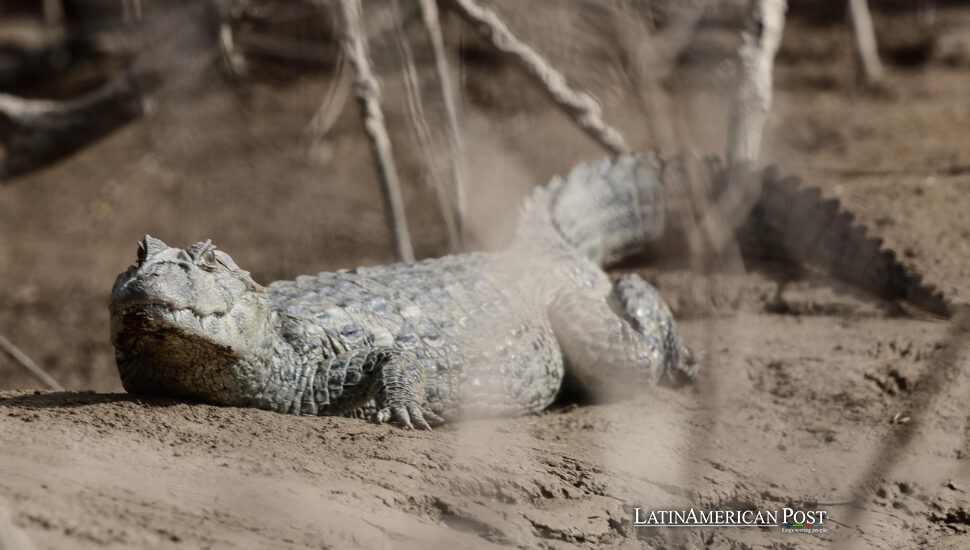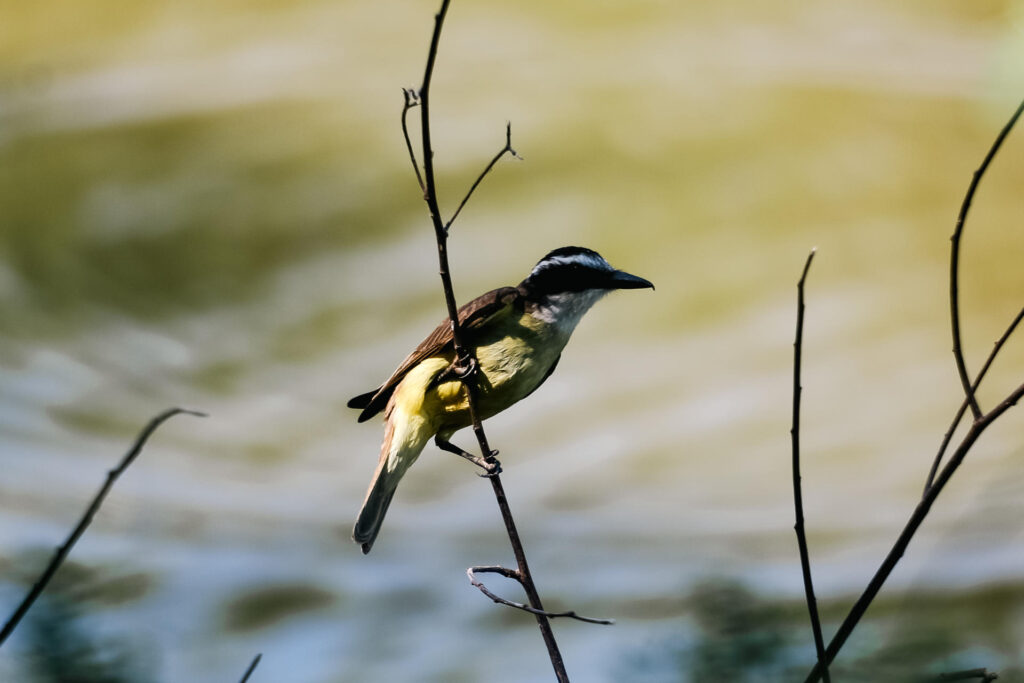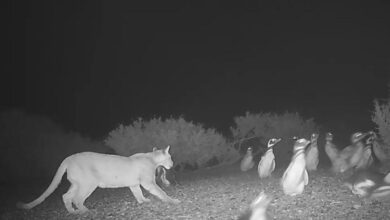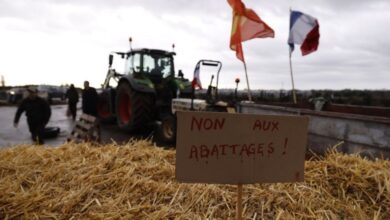Argentina El Impenetrable Forest Battles Cattle, Chainsaws and Climate Stakes

In northern Argentina, El Impenetrable, the rugged heart of the Gran Chaco, stands at a breaking point. Deforestation, drought, and free-ranging cattle threaten a forest that helps cool the continent, as communities and park rangers struggle to survive without destroying it.
A Forest Worth Fighting For
It’s called El Impenetrable for a reason. The forest doesn’t yield easily. Its thorned trees and dense undergrowth claw at anything that dares enter—boots, tires, even skin. Yet beneath the heat and dust lies one of South America’s most important ecosystems, a living sponge that helps regulate the continent’s climate.
Stretching across Argentina, Paraguay, Bolivia, and Brazil, the Gran Chaco is the continent’s second-largest forest after the Amazon—nearly a million square kilometers of biodiversity. In Argentina’s far north, it holds carob and quebracho trees so dense they seem carved from iron, vinal thorns that can shred a truck tire, and the faint perfume of palo santo drifting through the heat.
The 128,000-hectare El Impenetrable National Park, carved from this wilderness in 2014, remains both sanctuary and battleground. Electricity flickers, cell signals vanish, and rainfall is fickle. Yet this patch of scarcity protects abundance: the lungs of the Chaco and a refuge for tapirs, peccaries, jaguars, and more than 300 bird species.
But the same remoteness that once protected it now isolates it. Rangers patrol an area the size of a small country with limited vehicles and less fuel. Beyond the forest edges, soy farms and timber trucks push forward, threatening to erase the line between preservation and profit.
Protect or Live Off the Land
For the 60,000 people who call this frontier home—Indigenous families, small farmers, and ranchers—the forest is both life and livelihood. Few illustrate that tension better than Jorge Luna, a 55-year-old cattleman who also guides tourists and runs a modest campground along the Bermejito River.
Seven years ago, during an economic downturn, Luna nearly signed away his grove to a timber company. The money, he admits, was tempting. “Here I have molle, carob, palo santo, red and white quebracho—good wood species,” he told EFE**, shaded by the same trees he once considered selling. “Luckily, I canceled the contract.”
Advice from the National Parks Administration and Fundación Rewilding Argentina changed his mind. They warned that a single harvest could strip his land bare, leaving his children with nothing. Today, he welcomes birdwatchers and trekkers rather than loggers—though the road is rough and the profits are uneven. “Tourism gives us hope,” he said, “but it’s still a long road. We need support, roads, water, and light.”
In villages across the Chaco, families are turning spare rooms into guest lodges and outdoor kitchens into community dining spaces for visitors, hoping that ecotourism will succeed where cattle and timber have failed. Yet for now, the forest economy is still measured in miles of dirt roads and the unpredictable hum of a generator.

Inside the Park, Pressure Mounts
When El Impenetrable was declared a national park, conservationists celebrated. Logging and hunting were banned. Rangers were stationed at key entry points. But the reprieve has been partial. “The passage of logging trucks is constant,” ranger Matías Almeida told EFE, describing patrols that often end at illegal clearings. “Everything happens fast, in anonymity.”
Almeida has watched the landscape change in just three years. Soy cultivation now bites at the park’s edges, replacing forest with bare, sun-baked earth. “It generates wealth for a few in little time,” he said, “but nothing compared to the ecosystem services this biodiversity provides.“
According to Greenpeace, more than 167,000 hectares of forest vanished in Chaco Province between 2020 and 2025, much of it from illegal clearing. Almeida says each new scar weakens the land’s ability to store carbon and shield communities from heat waves and droughts. “You feel it,” he said. “The air is hotter. The soil is thirstier.”
Rangers like Almeida know enforcement alone won’t save the park. They need allies—the families who live just outside its borders. Without them, every chainsaw silenced inside the park will start again outside it.
The Cattle Conundrum and the Tourism Bet
Not all destruction comes roaring on diesel engines. Some walks on four hooves. Across the Chaco, cattle graze “a monte”—unfenced, wandering through the woods in search of water. “Livestock creates a water competition,” Almeida explained to EFE. “Cows and horses drink large amounts every day, drying ponds very quickly.”
Water is the pulse of El Impenetrable, and its rivers—the Bermejo and the Bermejito—are lifelines. But their banks erode easily, and their seasonal floods can turn pastures into wastelands. When herds drink the pools dry, they leave nothing for the tapirs, peccaries, and deer that feed jaguars. That imbalance ripples outward, threatening every species that depends on the delicate rhythm of flood and drought.
Yet even here, there are signs of renewal. Fundación Rewilding Argentina is reintroducing native species and building corridors to support the jaguar’s return. “Humans are responsible for the destruction of the Chaco forest, but we can also participate actively in its recovery,” said Débora Abregú of Rewilding, adding that “producing nature”**—through ecotourism and restoration—can be as profitable as cutting it down.
For 26-year-old Melina Ybañez, born and raised in the Impenetrable, that idea is both moral and personal. She is training as a park guide, part of a new generation trying to stay and work without destroying the place that raised them. “I told my dad and uncle: what do you want to leave the next generations?” she said to EFE, remembering summers when the thermometer reached 50 degrees Celsius. “If we keep felling trees, one day we won’t have rain. The heat will be unbearable.”
She gestures toward the horizon, where dust veils the treetops. “Without forest,” she said, “there is no life—and no reason to stay.”
Hope Rooted in the Soil
El Impenetrable has always demanded resilience—from its wildlife, its rangers, and its people. Every cracked tire, every dry well, every hour of scorching sun tests that endurance. But out of those hardships grows something else: a kind of defiant hope.
Locals now call it “producing nature.” It means guiding visitors rather than cutting wood, restoring wetlands rather than draining them, and viewing conservation not as sacrifice but as survival. Park status gives protection; tourism offers a possibility. Between the two lies the fragile promise that the forest can stand and its people can thrive.
“Nothing is easy here,” Almeida said, watching the horizon turn gold in the late-day heat. “But nothing about the Impenetrable was ever meant to be easy.”
If Argentina can keep its trees rooted and its communities afloat, the Gran Chaco will keep breathing—for millions across the continent. That’s the bargain now being struck in this remote, resilient forest: a truce between nature and necessity, and perhaps a blueprint for how to save both.
Also Read: Bolivia’s Mountain of Silver Stands on the Edge of Collapse




